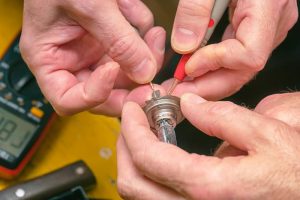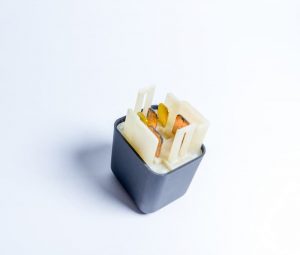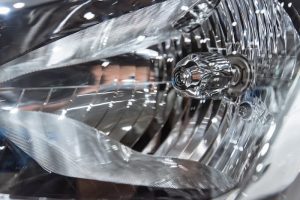Headlights are a vital component in a car and without them, driving at night is almost impossible. However, as time pass; motorists began to realize some defects in the traditional sealed-beam reflector headlights. There was a rising need to see better without blinding other oncoming drivers at night. This led to the continuous innovations in the auto industry and more and more models of car headlights like the automatic car headlights were introduced as a standard feature as well as headlight restoration wipes to help maintain them. Although originally found on expensive cars, automatic car headlights can now be found on almost every car that was recently manufactured. In this article, we will explain what exactly automatic headlights are, how they work, and how to change your car headlights to automatic headlights.
What are automatic headlights and how do they work?
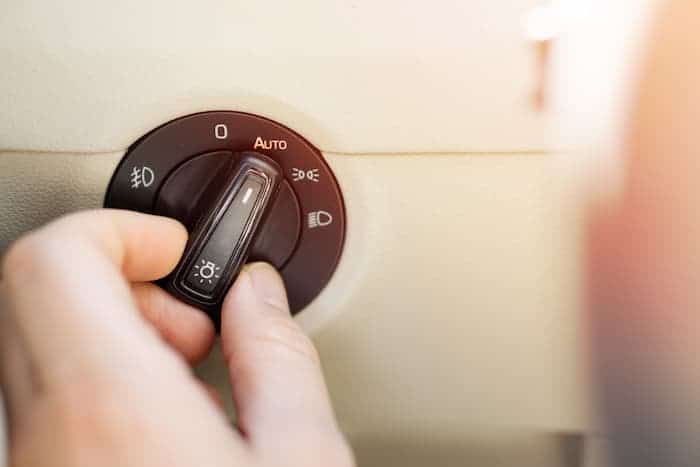
Automatic headlights are like any other car headlights you will find at the front of your car except that they are equipped with electronic sensors to control and regulate the lighting system of the entire vehicle such as the headlights lights. These sensors are located on the dashboard of the vehicle mostly. How do automatic headlights work? They work by detecting how much light is outside and turn on when they detect a certain level of darkness. Automatic headlights would activate without the driver needing to press a manual switch and would stay on for a few seconds after the door is closed rather than go off immediately.
However, most newly built cars still retain the conventional headlight switch, which gives the driver the option of setting the headlight controls to either manual or automatic. When set to manual, the driver can turn on and off the lights manually – thus, bypassing the sensor control. For other vehicles, the manufacturer wired the automatic headlights through the ignition switches of their cars. In this case, the system turns on the headlights when the driver switches on the ignition and vice versa.
Limitations to automatic headlights
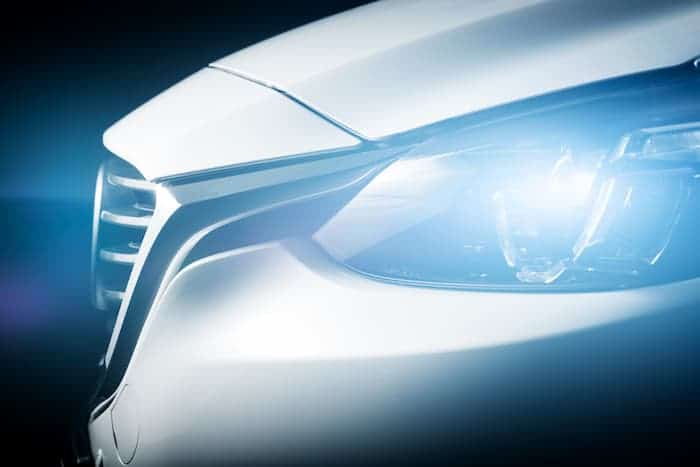
While automatic headlights are a huge step in the automobile industry, these lights also come with some limitations. For example, they sometimes do not come on during heavy fog or rain, as the sensor still detects some light. They also do not turn on immediately when there is a sudden darkness. Though this might be due to the response time of the sensor which might vary from vehicle to vehicle, in the case of my car, they don’t turn on immediately especially when entering a tunnel. This is where the manual switch can come handy as you can immediately switch the lights on when the sensor doesn’t respond on time.
Furthermore, since the sensor only detects lights, it will be difficult for it to distinguish between sunset and a temporary blockage in light at the middle of the day. This is why your automatic headlights may come up if you are parked probably under a shade, in the garage, or when something blocks the sun temporarily. The repeated back and forth switching of the headlight might cause the bulbs to burn out.
How to change your headlights to automatic car headlights?

Well, while some cars come directly with an automatic headlight, others don’t. So, if you are thinking of trying out the automatic headlight feature on your ride, follow the steps below. Before we get started on how to change your car headlights, I would like you to know that there are two options available when trying to add automatic headlights to your car.
- Option 1: Install a factory package.
- Option 2: Get an aftermarket kit.
If your car manufacturer supplied the accessory kit to retrofit the vehicle, the switch will be an original equipment unit with added functionality while the aftermarket kit will contain a toggle switch or may integrate this function into the sensitivity adjustment.
Step One
- Mount the Sensor
The first step in changing your car headlights to an automatic headlight is to mount the sensors. Automatic headlights make use of a photo-sensor that detects lights so; you will have to mount the sensor in a location exposed to light. The best place is on the dash. Use a ¼-inch socket and screwdriver to remove the lower and upper dash. Install the sensor where it can gain access to natural light and secure it with a double-sided black tape.
Step Two
- Install the control switch
Locate a place that you can easily access around your car’s dashboard and mount the on and off control switch of the sensor. You can try anywhere inside a small dash compartment or the console, under the lower dash. Use a mounting screw to secure them tight or apply a double-sided black tape to hold it firm.
Step Three
- Wire the sensor
Once your headlight sensor is in place, the next thing you want to do is to wire the sensor to electrical components on your car according to the manual’s instructions. This will include attaching voltage wires, the sensor input wires, and the ground wires. To get you started, connect the wires from the photo-sensor to the control switch in a secure manner, and use wire crimps to install wire connectors to join the wires. Locate a 12-volt power source using a test light that’s available when the key is on and off when the key is removed. When selecting wires, choose a heavy gauge wire that runs from the steering column and avoid any small wires. Also, check to confirm if the car manufacturer added fuse protection for this circuit. If not, install an in-line fuse that is rated for the control.
Step Four
- Crimp all wires in place
After locating the 12-volt power source, crimp the wires in place and secure them tightly. Connect the control switch’s ground wire directly to an existing ground circuit or to a bare metal. The factory package contains detailed instructions and comes equipped with connections that are designed to plug directly into the existing wiring harness.
Step Five
- Connect to your headlight
Once you are done cramping all wires, the last step is to connect it to your headlight by locating your headlight and running the light wires. To do this, lift the hood of your car and locate the wiring for the headlight that connects to the headlight switch. This last step required for the aftermarket kit installation is vastly different from the factory installation.
While the factory installation is completed inside of the vehicle and nothing is done under the hood, after the factory photo-sensor, module, and control switch are installed, the aftermarket installation requires a direct connection to the headlights. For the aftermarket kit, turn on the low beam; not the high beam; and use a test light to locate the power wires.
Install the wires, leaving the sensors’ switch to power the running lights and headlights. Place the wires as close as possible to the headlights and use wire crimps and connectors to secure the connections. Run the wires safely in such a way that it’s far from hot exhaust systems and moving parts. Lastly, join the feed wires to the headlights with crimp connectors and make sure they are tight and secure.
Conclusion

Installing your automatic car headlights might take a little extra time and your effort but it’s worth it. Automatic headlights helps to avoid bright blinding headlights as they shut off the brighter lights as needed to avoid blinding occupants of oncoming vehicles. In addition, since they automatically turn on the high beam of your vehicle’s headlight when the road ahead is dark, they can help drivers who don’t always think to switch them on even when they can provide more illumination down the road. That in addition to the comfort it provides, help drivers avoid violating any Headlight laws.


